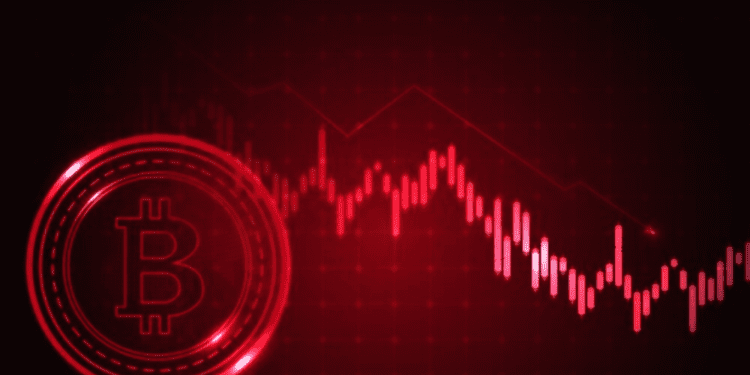Bitcoin Ordinals Trading Is Down Bad—But Just How Bad?
- Bitcoin Ordinals, comparable to NFTs on Bitcoin’s blockchain, have witnessed a significant sales decline since May.
- Conflicting data from different sources is raising concerns about the reported 97% drop in Bitcoin Ordinals sales between May and August.
- The Ordinals market is down due to industry cycles. Historical inscriptions hold value for collectors. Analyzing digital asset markets is challenging with differing data interpretations.
In recent months, the world of Bitcoin Ordinals, the equivalent of non-fungible tokens (NFTs) on the Bitcoin blockchain, has been under scrutiny due to a significant drop in sales volumes. The debate over the extent of this decline has sparked discussions among pundits and experts. A contentious report from DappRadar revealed a staggering 97% decrease in Bitcoin Ordinal sales volumes from May to August. However, discrepancies in these figures have led to a debate about the actual state of Ordinals trading and their potential future.
Understanding Bitcoin Ordinals and the Decline
Bitcoin Ordinals are unique digital artifacts linked to individual satoshis, the smallest units of Bitcoin. DappRadar’s report indicated that unique active wallets for Bitcoin Ordinals had plummeted from a peak of 85,316 in June to a mere 6,708 by August 14, representing a dramatic 92% decrease. This decline raised concerns about the vitality of the Ordinals market.
Diverse Reactions to the Decline
The report’s findings prompted divergent reactions within the Bitcoin Ordinals community. Trevor Owens, the Bitcoin entrepreneur and leader of the Bitcoin Frontier Fund, criticized the report on Twitter, labeling it a “hit piece” with “highly inaccurate” information. He stressed that inaccuracies in data hindered meaningful analysis.
Multiple on-chain data providers contradicted DappRadar’s figures. Crypto Slam reported May sales volumes of $195 million, significantly lower than the $452 million cited by DappRadar. Dune Analytics presented May Ordinals sales volumes at around $154 million, more aligned with Crypto Slam’s data. July volumes according to Crypto Slam stood at $65 million, in contrast to DappRadar’s $35 million. Dune Analytics reported $50 million, with percentage drops aligning more with Crypto Slam.
Discrepancies and Methodology Challenges
A notable point of contention emerged from comparing entire months to just two weeks in August. Critics, including prominent Ordinals supporters like the pseudonymous Doggfather and Jake Gallen from Emblem, highlighted the skewed nature of comparing a partial month to a complete one. The calculation that led to the reported 97% decline factored in 14 days in August versus 31 days in May, skewing the perception of the drop.
DappRadar’s Robert Hoogendoorn acknowledged the unique methodology required for tracking Ordinals and defended their team’s experience in analyzing Web3 data. While acknowledging potential discrepancies due to BRC-20 swaps, Hoogendoorn emphasized that DappRadar focused on NFTs and Inscriptions, excluding certain unconfirmed transaction data.
The Broader Industry Context
Amid the debate over Ordinals trading decline, it’s essential to consider the broader context of the NFT and cryptocurrency industry. Isabel Foxen Duke, the former communications director for the Ordinals protocol, highlighted that the market’s downturn is part of the natural cycle following a period of hype. While acknowledging the current challenges, Duke asserted that historical inscriptions would retain value for collectors at certain price levels.
Conclusion: Navigating the Uncertainty
In the landscape of Bitcoin Ordinals trading, the debate surrounding the extent of the decline underscores the complexities of analyzing digital asset markets. Diverse data sources have generated conflicting figures, leading to differing narratives about the state of the Ordinals. While criticisms have been directed at the methodology employed by some reports, the overarching theme is that the Ordinals market, like many in the industry, is experiencing a downturn after a period of intense attention. As the market navigates uncertainty, the enduring value of historical inscriptions remains a point of optimism for collectors and enthusiasts.














